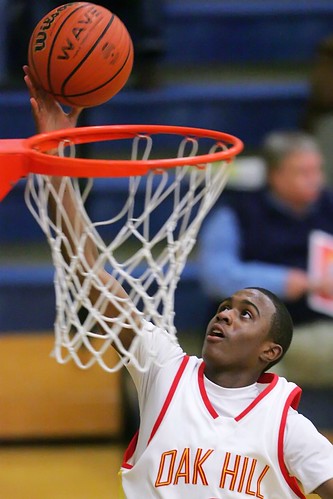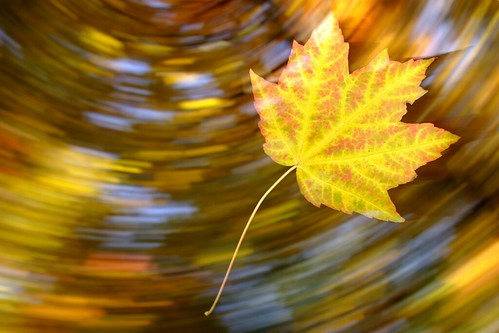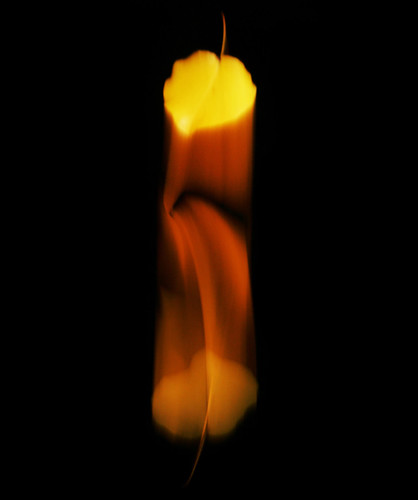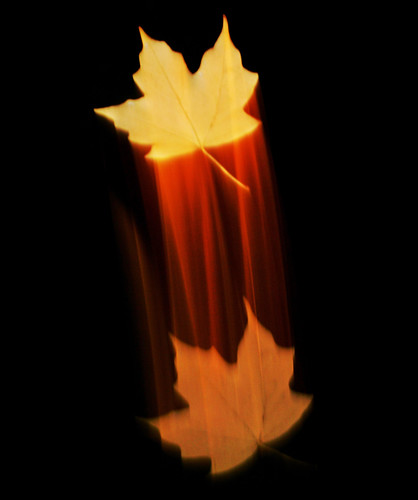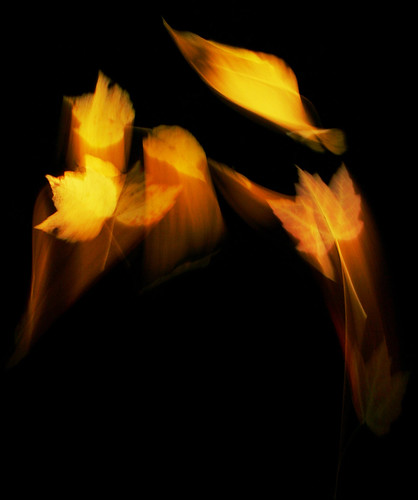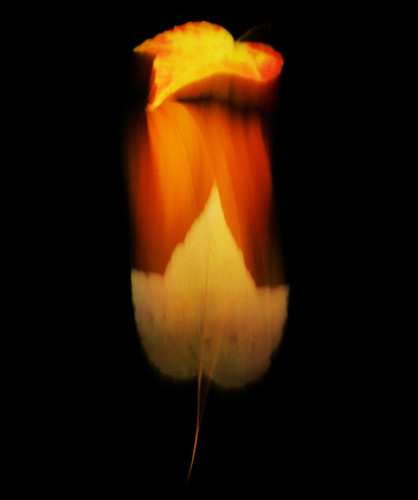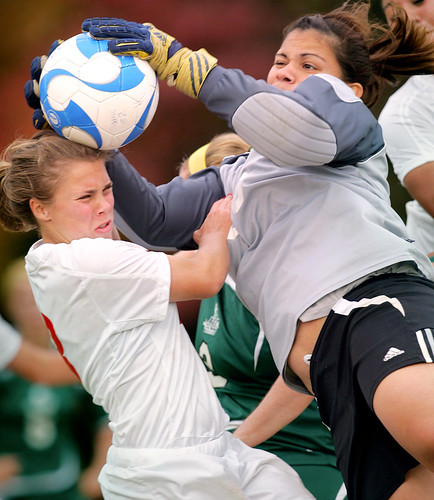
A 180 degree view from the chancel of First United Methodist Church in Gastonia. The main pipe chambers of the 1956 Moller pipe organ (Opus 8835) can be seen to the left and the right, and the Antiphonal division added during a later renovation can just be seen in the rear loft of the church.

A 180 degree panoramic view of the chancel in Holy Trinity Lutheran Church in Gastonia showing the Fritzsche Pipe organ. The original instrument was a 1957 Moller organ, with some original pipes retained through a 1977 Fritzsche rebuild and expansion that added a new antiphonal (Positiv) division with a Trumpet En-chamade (not pictured in rear or church). A second Fritzsche renovation in 1997 brought the instrument up to it's current specifications.
Stitching panoramas isn't something new, but it's a creative tool that I'm happy to have added to my bag of tricks. Photo stitching has numerous applications, but it proves most useful for those times when you just need a W I D E view.
Last week I began working on a photo story I'm calling Pedals & Pipes that will be a tour of pipe organs in the Gaston and Lincoln County areas (the Gaston Gazette coverage area).
The ongoing project is still in the early stages, but already stitched panoramas have proven useful. Even a super-wide lens isn't always wide enough for shooting interiors, and backing up just doesn't have the same effect. In the above photos, though, the use of a stiched pano was less about taking it all in than about showing something mundane in a new and exciting way.
One of the big goals of a photojournalist it to show people the world around them in a way they've never seen it before, and for many people a 180 degree panorama like the ones above is just that. Wide as 180 degrees is, the possibilities of photo stitching don't end there.
I recently met Charlotte Observer staff photog Gary O'Brien, who is pioneering a new technique that takes photo stitching to the extreme--360 degree VR Panoramas.
By taking three shots with a true circular fisheye lens (with an angle of view of 180 degrees in every direction) and stitching them together, he is able to create an interactive virtual reality experience where the viewer can click and drag the image on their screen to look up, down, and all around!
You should definitely check out O'Brien's blog and see for yourself: http://panoramist.blogspot.com/
Check back here for updates on the Pedals & Pipes project, and I'll be sure to announce when it will run in the paper.
Last week I began working on a photo story I'm calling Pedals & Pipes that will be a tour of pipe organs in the Gaston and Lincoln County areas (the Gaston Gazette coverage area).
The ongoing project is still in the early stages, but already stitched panoramas have proven useful. Even a super-wide lens isn't always wide enough for shooting interiors, and backing up just doesn't have the same effect. In the above photos, though, the use of a stiched pano was less about taking it all in than about showing something mundane in a new and exciting way.
One of the big goals of a photojournalist it to show people the world around them in a way they've never seen it before, and for many people a 180 degree panorama like the ones above is just that. Wide as 180 degrees is, the possibilities of photo stitching don't end there.
I recently met Charlotte Observer staff photog Gary O'Brien, who is pioneering a new technique that takes photo stitching to the extreme--360 degree VR Panoramas.
By taking three shots with a true circular fisheye lens (with an angle of view of 180 degrees in every direction) and stitching them together, he is able to create an interactive virtual reality experience where the viewer can click and drag the image on their screen to look up, down, and all around!
You should definitely check out O'Brien's blog and see for yourself: http://panoramist.blogspot.com/
Check back here for updates on the Pedals & Pipes project, and I'll be sure to announce when it will run in the paper.




